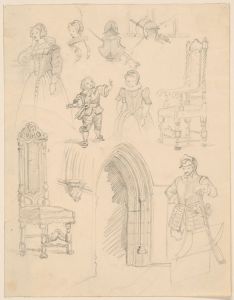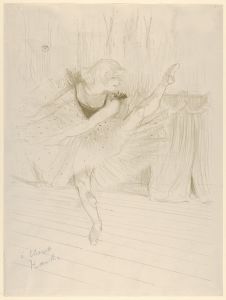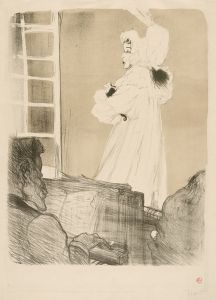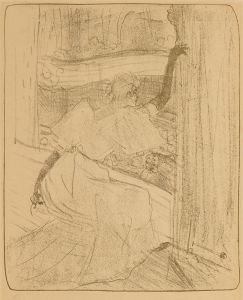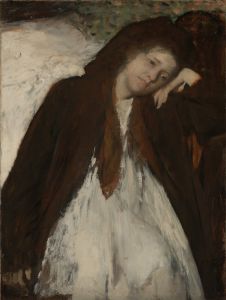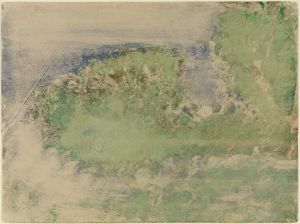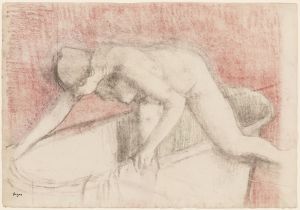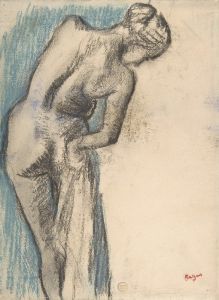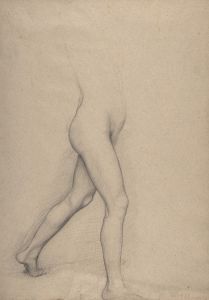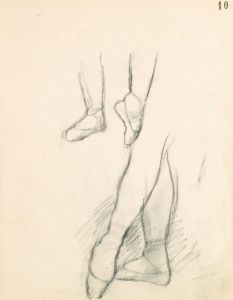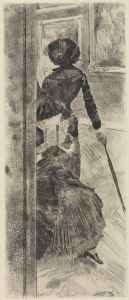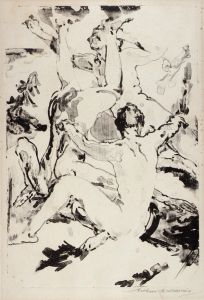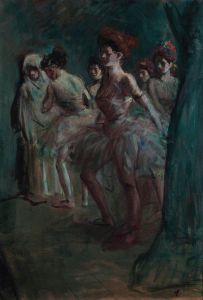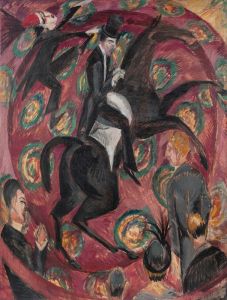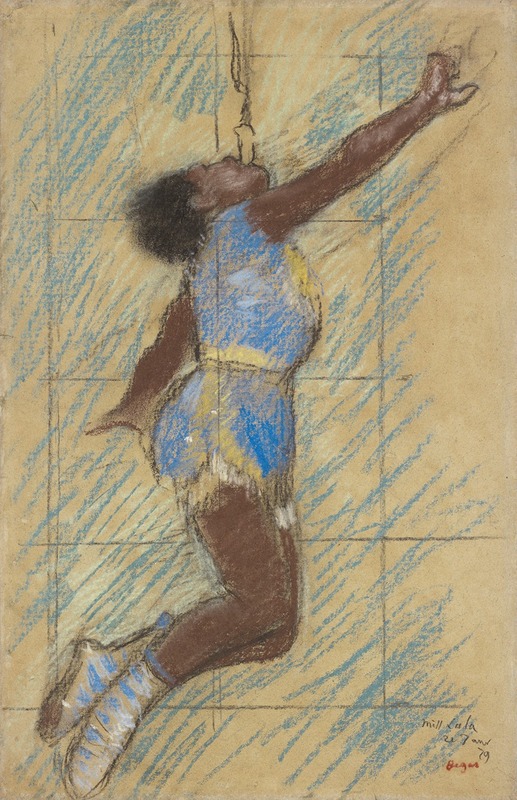
Miss Lala at the Fernando Circus
A hand-painted replica of Edgar Degas’s masterpiece Miss Lala at the Fernando Circus, meticulously crafted by professional artists to capture the true essence of the original. Each piece is created with museum-quality canvas and rare mineral pigments, carefully painted by experienced artists with delicate brushstrokes and rich, layered colors to perfectly recreate the texture of the original artwork. Unlike machine-printed reproductions, this hand-painted version brings the painting to life, infused with the artist’s emotions and skill in every stroke. Whether for personal collection or home decoration, it instantly elevates the artistic atmosphere of any space.
"Miss Lala at the Fernando Circus" is a notable pastel and gouache artwork created by the French Impressionist artist Edgar Degas in 1879. This piece is celebrated for its dynamic composition and the innovative use of perspective, capturing the thrilling atmosphere of a circus performance. Degas, known for his keen interest in capturing contemporary life and movement, chose to depict a scene from the Cirque Fernando, a popular entertainment venue in Paris during the late 19th century.
The painting features Miss Lala, a renowned aerialist of mixed European and African descent, who was famous for her daring performances. In this artwork, Degas captures the moment when Miss Lala is suspended high above the audience, gripping a rope with her teeth. The perspective is striking, as Degas positions the viewer below the performer, looking up towards the ceiling of the circus tent. This unusual angle emphasizes the height and risk of Miss Lala's act, creating a sense of awe and tension.
Degas's choice of medium, pastel and gouache, allows for a vibrant and textured representation of the scene. The use of pastel gives the artwork a sense of immediacy and movement, while the gouache adds depth and richness to the colors. The background is composed of soft, blurred tones, which contrast with the more detailed depiction of Miss Lala, drawing the viewer's focus to her poised figure.
The composition of "Miss Lala at the Fernando Circus" reflects Degas's interest in unconventional viewpoints and his ability to convey the energy of modern life. Unlike many of his contemporaries, Degas often chose to depict scenes of urban leisure and entertainment, such as ballet, opera, and the circus. His work is characterized by a fascination with the human form in motion, and this painting is a prime example of his ability to capture the grace and strength of his subjects.
This artwork is part of the collection at the National Gallery in London, where it continues to be admired for its innovative approach and the way it encapsulates the spirit of the era. Degas's portrayal of Miss Lala not only highlights his technical skill but also reflects his interest in the diverse and vibrant culture of Paris at the time.
"Miss Lala at the Fernando Circus" remains an important work in Degas's oeuvre, illustrating his mastery of composition and his ability to convey the excitement and spectacle of the circus. The painting is a testament to Degas's innovative spirit and his contribution to the Impressionist movement, offering a glimpse into the lively world of 19th-century Parisian entertainment.





